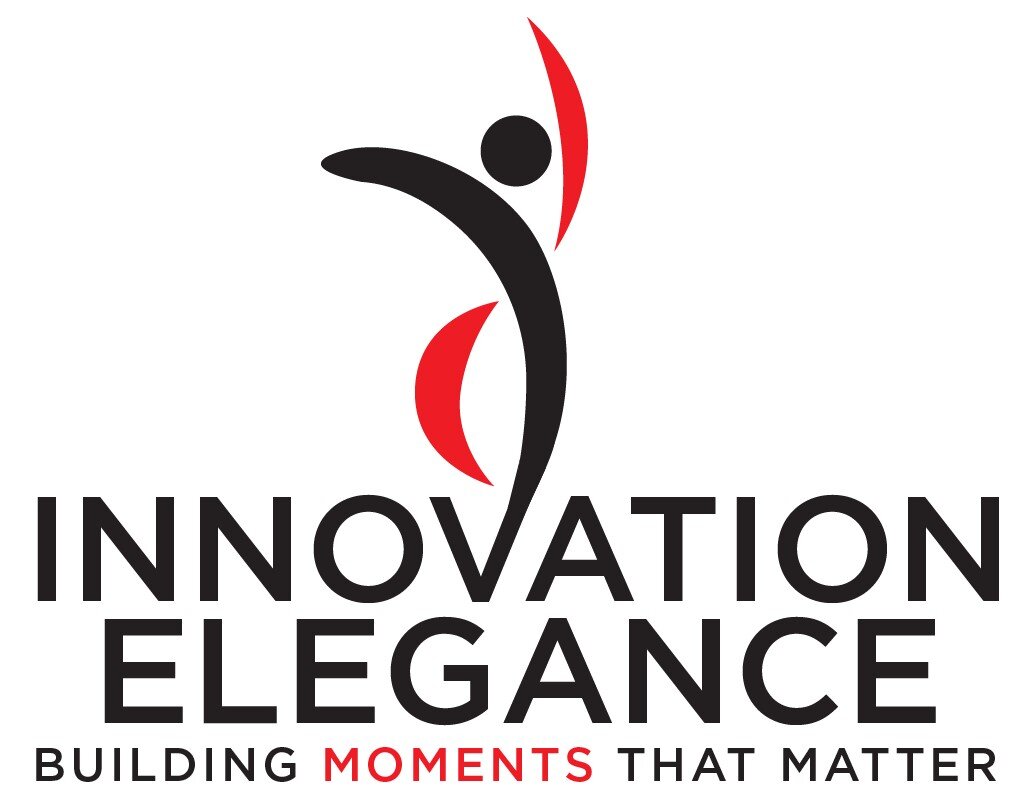Counterproductive Documentation
The Elegance methodology sees high value in documentation - for the sake of simplicity and transparency, not for the sake of itself. However, several common documents exist that are counterproductive. This post inventories these documents and explains why they are counterproductive.
Meeting minutes
Meeting minutes are simply evidence that some people talked and one person typed up as much as they could. The value of meeting minutes depreciates quickly. Meeting minutes are counterproductive since you don’t know …
If this was the right conversation at the right time
If anything was worth structuring
If the attendees reinvented the wheel, and …
If anyone monopolized the conversation.
Instead …
Know the exact structured asset that the group is collaborating on
If possible, ensure everyone had some time to inspect the draft
Review & Revise the asset (every meeting should be a Review & Revise session)
Verify that the project plan reflects that this is the right timing for this collaboration
Meeting minutes are the single most counterproductive document in innovation.
Technology Roadmap
A Technology Roadmap is evidence that the organization emphasizes technology and cost savings instead of the Customer Experience, revenue, and profit. If your roadmap needs a prefix, consider Customer, Capability, or Feature.
Business Rules
Business Rules are typically a list of some Do’s & Don’ts built stream-of-consciousness which disregard customer context. Whatever business rules you have in mind - build them into customer context - into process scripts and into process flows.
Business Requirements
Business Requirements are self-centered, conveying “this is what we need from other stakeholders and customers.” Such a document - often authored by a technology person - also risks looking ahead too soon at design specifications. A Requirements specification is likely to lack structure and customer context. For business-oriented documentation, instead, capture customer context that minimizes ambiguity for design work. This requires you to document customer scripts and process flows.
Task List
A task list is evidence that the project team diverged from a standard methodology, reinvented the wheel, identified ambiguous work with hidden complexity, and identified haphazard ideas to micro-manage in a public to-do list. A task list …
Undermines workstream status reports and individual status reports
Suppresses dependencies so hard-coded dates into a task list are meaningless
Promotes Verb Sprawl.
Instead, build a standard project plan, with Five Verbs.
RAIL (rolling actions & issues log)
A RAIL is also evidence that the team diverges from a standard methodology, reinvents the wheel, and plans only 1-4 weeks in advance. A RAIL is a public to-do list that undermines workstream status reports and individual status reports. Instead, maintain a standard project plan and a separate Issues Log.
RACI (Responsible, Accountable, Consulted, Informed) Matrix
A RACI matrix has great intent. It receives a lot of attention early in a project and shows that the team is attempting to formalize contributions at the start of the project. However, a RACI matrix fades quickly in relevance and attention. Assignments change. Dates change. Instead of a RACI Matrix, translate the four items R, A, C, and I to Five Verbs on four rows in a project plan. It accomplishes the original intent of the RACI matrix, it shows the critical path and percentage complete.
FAQ (Frequently Asked Questions)
An FAQ is evidence that the project team asked its users/customers to identify and share process defects and shortcomings in training materials after a go-live event. After learning these issues, the project team created a third, non-comprehensive document for its users to reference.
Instead of a third document …
If a question is easy to answer, revise the training materials
If the question results in a process change, revise the process documentation.
These are all common documents. It’s understandable if you document these. But reconsider. Knowing, standardizing, and building the right assets results in improved customer-centricity, employee experience, context-management, and standardization.





